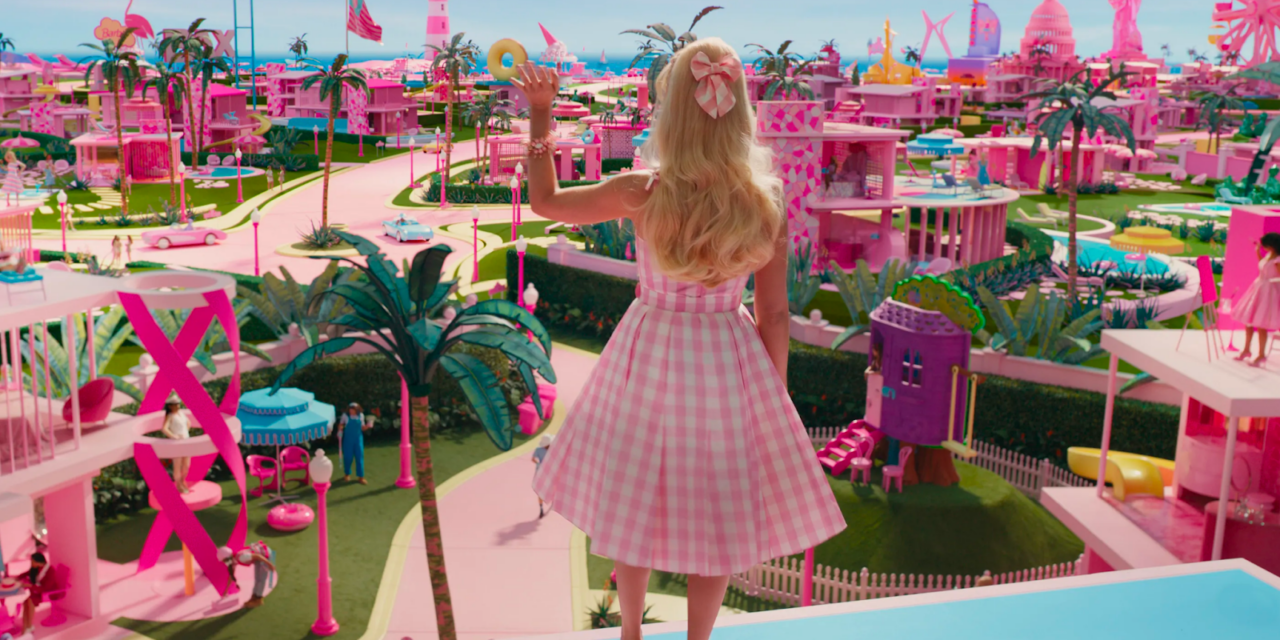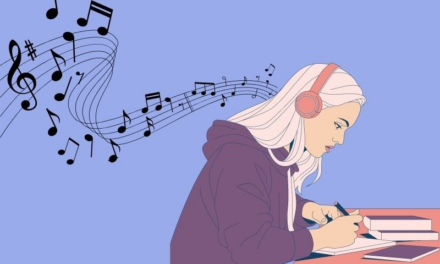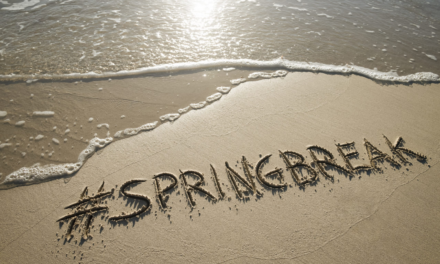Grace Mazza, Staff Writer
Greta Gerwig’s Barbie, about the titular brand of childrens’ dolls, is a movie for the adults who grew up playing with them. It has gained $1.34 million in the box office and the praise and attention of many. Margot Robbie stars as “stereotypical Barbie”, one of BarbieLand’s many variations of the beloved doll, who “has a great day every day.” When she begins to experience bad breath, flat feet, and worries about death, all things Barbies never have, Barbie visits the outcast, “Weird Barbie,” to figure out how to fix the issue. She is told that she must visit the “Real World” and find the human who has been playing with her.
There are a great deal of nods to real Barbie and Ken dolls that have been released – and discontinued – throughout the years, along with references to common elements of child play with them. For one, Kate McKinnon’s “Weird Barbie” is the product of a kid who “played with her too hard”, which is conveyed through scribbles of marker on her face and a choppy haircut. The dolls are seen floating from their houses to the ground rather than using stairs, brushing their hair with abnormally large brushes, and there is no real water seen in the pool or ocean. Additionally, the magic of BarbieLand was captured with minimal CGI, or computer-generated imagery, as hand-painted backdrops and old-school movie techniques were utilized instead, in most cases. The dedication to transporting viewers to a world built mostly from a child’s perspective is seen in these ways and many others, and definitely pays off.
Many popular comedic moments and a soundtrack featuring several beloved artists has kept Barbie on people’s radar. Another moment in the film that gained the attention of many was a montage of home videos with women of all ages, set to Billie Eilish’s “What Was I Made For?”, a song written for the film. It also inspired a TikTok trend of women making their own compilations of personal videos that they believe capture girlhood. The movie takes on a more emotional tone halfway through, but maintains its comedic genre and balances comedic and emotional moments well. Tonal shifts are risky and can be detrimental to a movie, but this film makes it work because it complements the shift in Barbie’s perspective as her more “human-like” traits further develop.
Barbie excels as a fun comedy, a celebration of womanhood and the dolls that we grew up with, and highlights social commentary on patriarchy and double standards in gender. Every element of the movie is extraordinary, including colorful costumes and sets, memorable quotes and songs, and a perfectly assembled cast.





